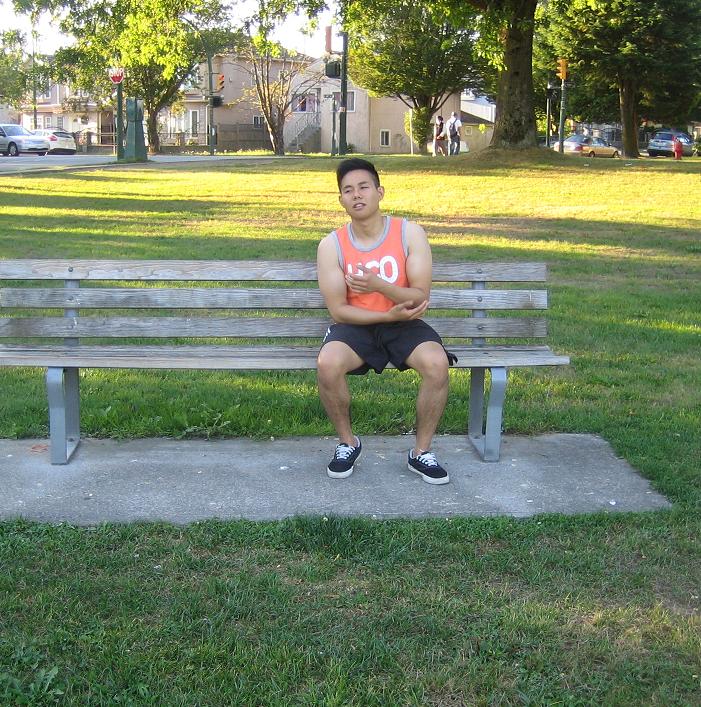Fractures are considered as a common injury among both children and adults. It can occur while playing contact sports, mishaps in the workplace or even at home especially from falls.
What are the indications?
- Evident swelling and bruising over a bone
- Deformed appearance of a leg or arm
- Pain or discomfort in the affected area that worsens during movement or if pressure is applied
- Diminished function in the affected area
- Protrusion of bone from the skin (open fractures)
Remember that fractures are typically brought about by a direct blow, fall or traumatic event. If an individual is suspected with a broken bone, it is considered as a medical emergency.
Do I have a fracture?

The doctor can recognize most fractures by assessing the injury and ordering an X-ray. Oftentimes, an X-ray will not reveal a fracture especially if the wrist or hip are involved. In such cases, others tests are performed such as a CT scan, MRI or a bone scan.
In some instances, if a damage is seen in an X-ray, the doctor will place a splint to immobilize the area and request an second test after 10-14 days.
Treatment for fractures
Fractures often necessitates emergency care at a healthcare facility. If an individual is suspected with a broken bone in the neck, back or hip, he/she should not be moved and call for emergency assistance right away.
In some cases, you can call for help or transport the individual to the nearest emergency department. Before the individual is transported, you should ensure that the injured area is protected to prevent further damage.
For a broken leg or arm, place a splint against the area to restrict movement and secure in place using gauze. If bleeding is present, apply pressure to stop the flow of blood before splinting and elevate the area.
When it comes to fractures, the bones should be set in their proper position and held in place to promote proper healing. This procedure is called as reduction and categorized as closed or open. If the bone is repositioned without surgery, it is called “closed reduction” and usually performed on children with fractures.
As for serious fractures, they require “open reduction” where repositioning is performed using surgery. In some instances, devices such as plates, pins, rods, screws or even glue are utilized to secure the fracture in place. Additionally, open fractures should also be thoroughly cleaned to avoid infection.


